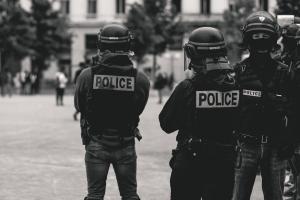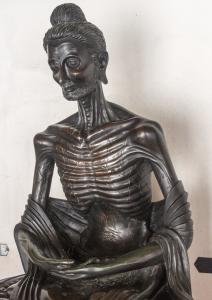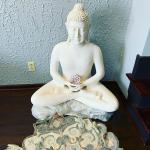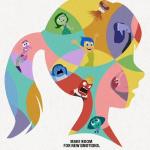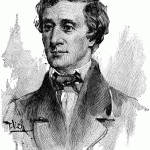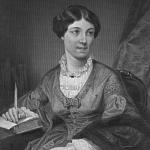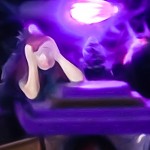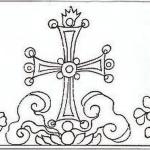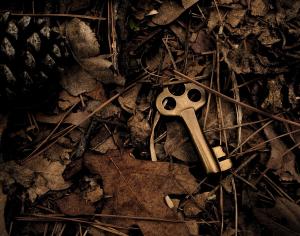
One of the things I really love is when an improbably random trail of breadcrumbs leads me to some treasure. This happened yesterday, when my partner sent me an essay they thought I might enjoy. Usually I don’t have time in the middle of the day to read essays, but a client had cancelled and so I looked at it straight away. I was intrigued enough to look up the author, Nobuo Haneda – putting his name into a search engine alongside ‘Youtube’ to see what he might look like.
I found a half-hour Dharma talk he gave more than ten years ago, with eleven likes. I hardly ever listen to Dharma talks online, preferring to receive my wisdom in written form, but there was nothing pressing on my to-do list and so I settled down to listen.
I was excited by what Haneda said (after his joke about fried chicken). He said that there are two ways of reading Buddhist texts – the first is a ‘general and objective’ way of reading, and the second way is a ‘subjective and experiential’ way of reading. “I believe that the second way of reading is an authentic way of reading text.” He went on to give several examples of Buddhist teachers who had radically reinterpreted classic texts, often in a way that the scholars dismissed, but they were using the texts instead as ways of finding out about themselves. The texts were being used as mirrors.
Our book groups
Here at the temple we have been running book groups for the past year, inspired by our study with the Bright Dawn Center of Oneness in America. When six students take notes on the same chapter in a Dharma book, we receive six completely different reflections – this person was irritated by the author’s tone, this person was reminded of a childhood holiday, and this person selected a single sentence that transformed the way they saw an ongoing problem.
Some of our students are not confident in the world of academia. They have bad memories of studying, with past trauma of getting it ‘wrong’ and being shamed by teachers or other students. How refreshing to realise that there is no ‘wrong’, but only more to be curious about. What is it about the author’s tone that has got under your skin? Who do they remind you of? Could it be possible that you have similar qualities in yourself? Tell me about your childhood holiday – what message does it have for you in your life today? What do other students in the group have to learn from that single sentence?
What is Buddhism?
During his talk, Haneda proclaims with confidence that, once we begin to progress along the path, “Buddhism is nothing but self-examination”. He repeats the phrase to drive the message home. I love this, not just because it provides a beautiful link between my sacred work as a psychotherapist and my sacred work in the temple, but because it feels true to me. I’ve carried the words of Dogen around with me for a decade now, and here they are again:
“To study the Way is to study the Self. To study the Self is to forget the self. To forget the self is to be enlightened by the myriad things.”
At the end of his talk, Haneda tells us that we shouldn’t just view Buddhist texts as mirrors to help us to study our Selves. Once we are looking through the right eyes, we can see all people and objects around us as mirrors. We are shown the mistakes we make, we forgive ourselves, and we find more compassion for others. We are shown our limited nature, we become more humble, and we turn to something bigger than us. We are shown our impermanence, and we begin to take refuge in something more reliable.
As I turn to my right, my golden Buddha statue is a mirror. As I turn to the window, the valley of trees and fields is a mirror. All of it is shining. All of it is showing me aspects of myself. All of it is leading me to enlightenment.
Go gently _/|\_
*
What books have been mirrors for you recently? What did you learn about yourself? What else in your life can you see as a mirror?
You can listen to Nobuo Haneda here: https://youtu.be/rQYiNRNVp2s


